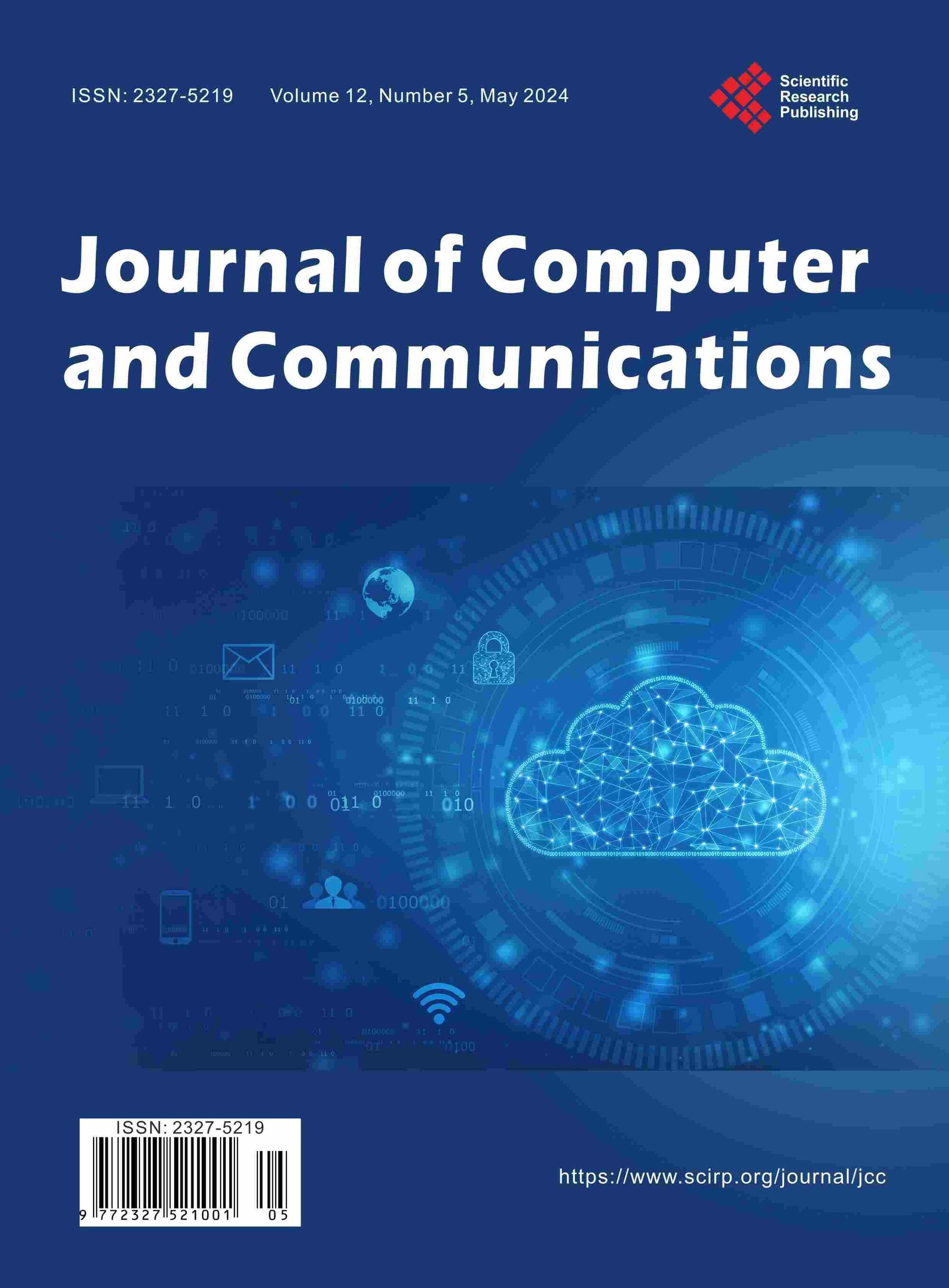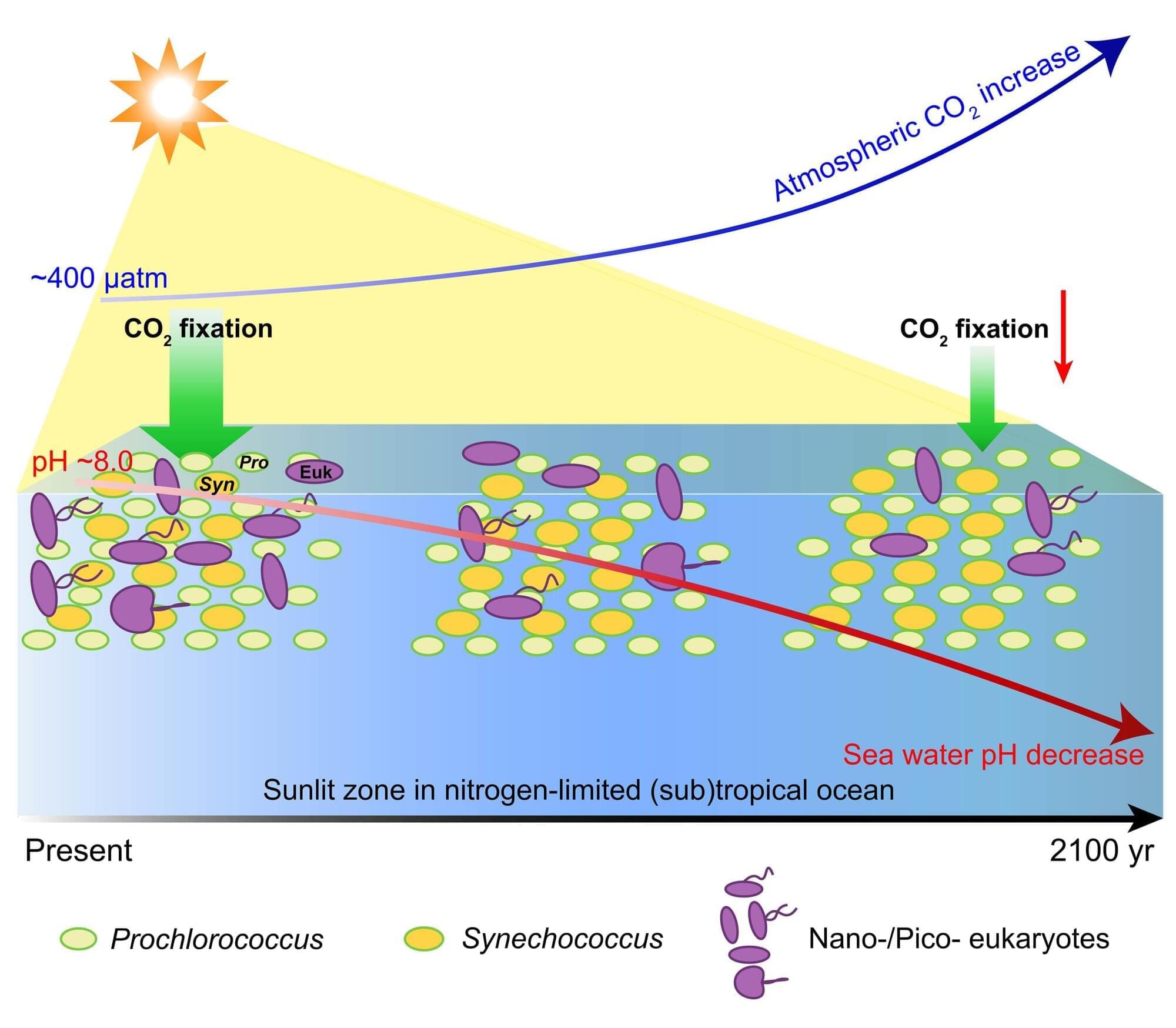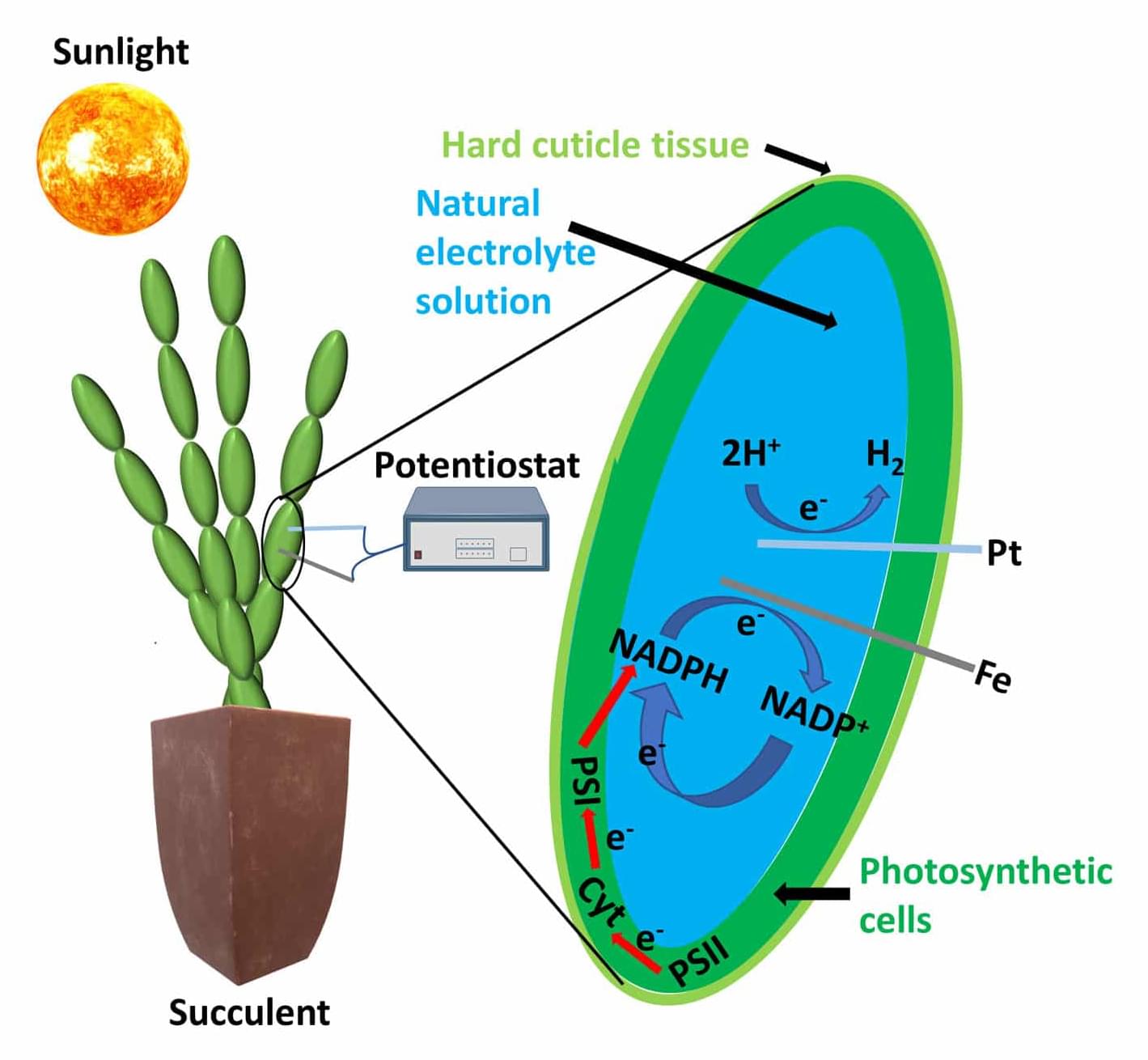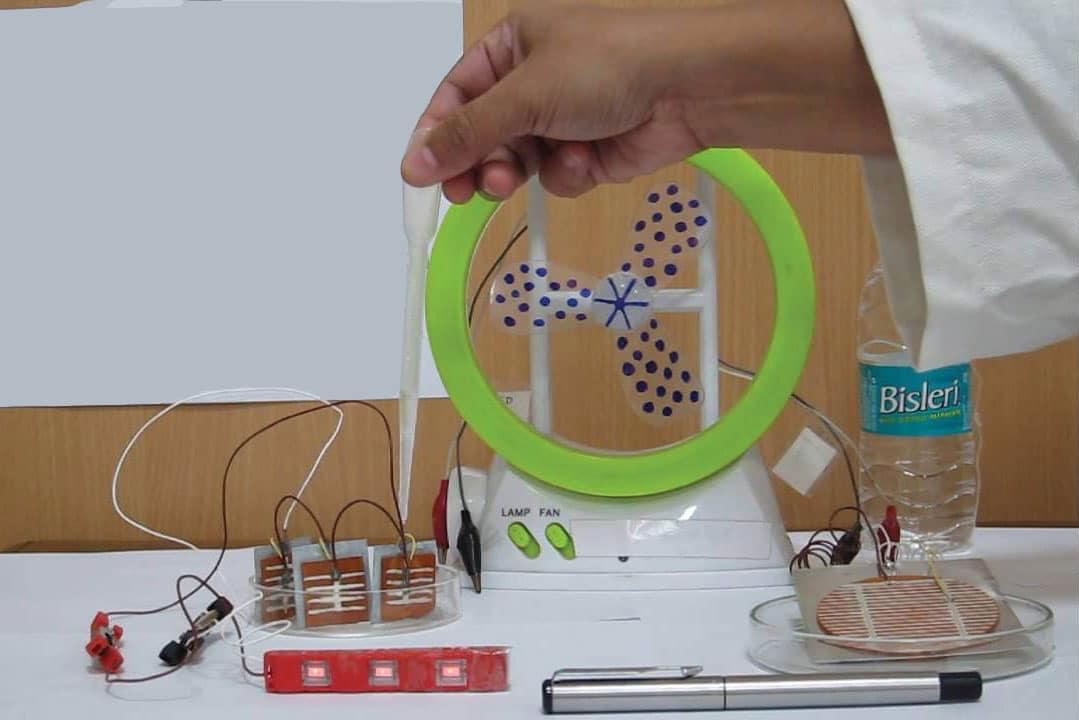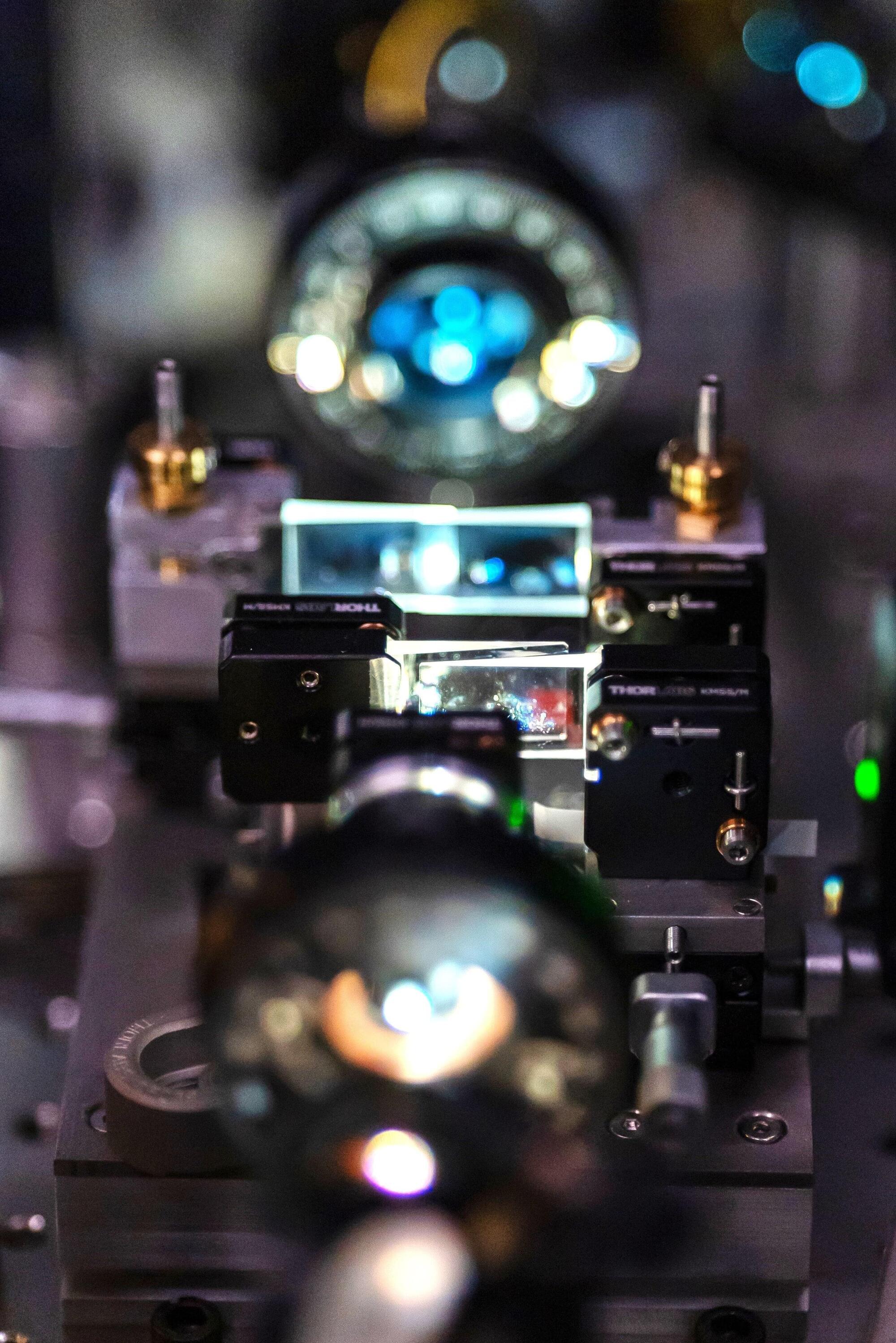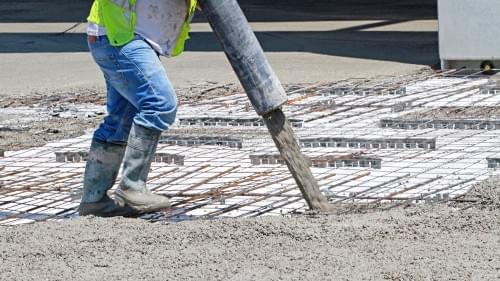Green hydrogen, produced through renewable energy sources, is considered a crucial element in the transition towards a cleaner energy future. However, current production methods are costly and energy-intensive, limiting their widespread adoption.
This new reactor uses photocatalytic sheets to split water molecules into hydrogen and oxygen using a process powered entirely by sunlight. This innovative process has the potential to drastically reduce production costs and make green hydrogen a more economically viable fuel source.
While the technology is still in its early stages, the researchers have successfully operated the prototype reactor for three years under natural sunlight, demonstrating its potential for real-world applications. Despite the promising results, the researchers acknowledge that further improvements are needed. Enhancing the efficiency of the photocatalytic process and ensuring the safe handling of potentially explosive byproducts are crucial steps towards commercialization.
The team remains optimistic that with continued research and development, this technology can revolutionize green hydrogen production and pave the way for a cleaner, more sustainable energy future. This breakthrough is particularly important for Japan, a country actively pursuing a “hydrogen society” and leading the way in hydrogen fuel technology. It could also accelerate the transition towards a hydrogen-based economy and contribute to global efforts in combating climate change.


